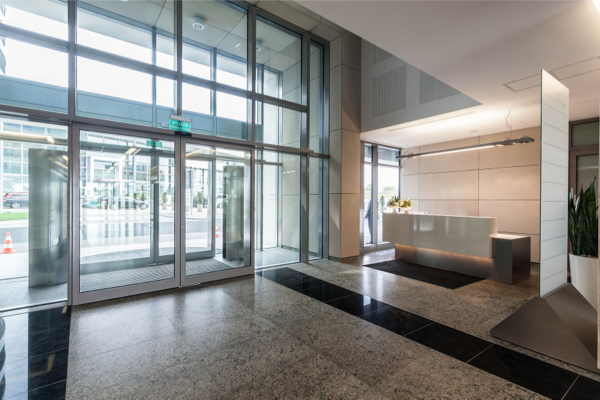
When signing a commercial lease, it is ever so important to understand which building expenses you are directly or indirectly responsible for paying, especially since these expenses could easily equate up to 50% of what the monthly rent is. If it is a typical retail store or commercial building lease, it will be a triple net lease aka NNN lease. In a triple net lease the tenant is responsible for practically every expense incurred in operating the commercial building or shopping center.
Triple net expenses will range from as low as $.35-.40 per SF for commercial buildings or older centers and as high as $.90-1.00 per SF in newer centers or malls. The expenses include everything from maintenance and repair items to capital improvements to the center, which may or may not be amortized, and then billed to the tenant. Capital improvements fall under two categories; mandatory and non-mandatory. A common type of expense incurred by tenants is that of heating and air conditioning systems. If one of the compressors goes out it is a capital expense. Even after a year into a lease, these expenses can be passed on immediately and depending on the lease language, maybe billed to the tenants up front for the entire cost. Yet most all leases include both.
So if the building you are leasing is old and in need of updating, i.e. cosmetic upgrades, that costs is paid for by the landlord and passed through to the tenant. An example of a mandatory improvement would be that of ADA regulations, whereas handicap ramps may have to be installed. These lease provisions typically contain language “including but not limited to”. If an item is not mentioned it can be billed to the tenants as well. If you have a full service office lease aka “gross lease” then the landlord pays the base expenses and the tenant pays any increase in expenses over the base year of the lease. This includes nearly all the same expenses contained in a retail or commercial lease. Medical buildings vary on common area expenses whereas some are gross lease and others modified gross or triple net.
It is important for the tenant to have a clear understanding from the broker or landlord how the expenses are paid and recaptured, as many tenants are told one thing and the lease says another. The increase in building expenses for any type of commercial property is either in control of the landlord or not. If the building is sold for a higher value then previously paid, the increase in taxes is passed on to all tenants regardless of the type of lease. Even though this is an increase in taxes out of the landlords’ control, some adjustments can be negotiated prior to signing a lease. Other items like management fees or insurance costs are within the landlords’ reasonable control and can be competitively shopped since they are not government entities. Landlords are required to provide a statement to the tenant showing the monies owed, however the form and type of statement is up to the landlord unless specifically stated otherwise. If there is no specific standard set for the billing, then the tenant has to take the landlords word for it that costs went up from the prior year. The common area expense provisions contained in a lease are somewhat onerous in that the language is lengthy and referred to in more than one section of the lease. It is important that the tenant’s understanding of “who pays for what” is clear prior to signing a lease. Todd Dorn is president of Dorn and Company-Commercial Lease Advisors & The Lease Doctor, which specializes in lease negotiations and tenant representation. Reach Dorn via (951) 659-3163 or www.dornandcompany.com





